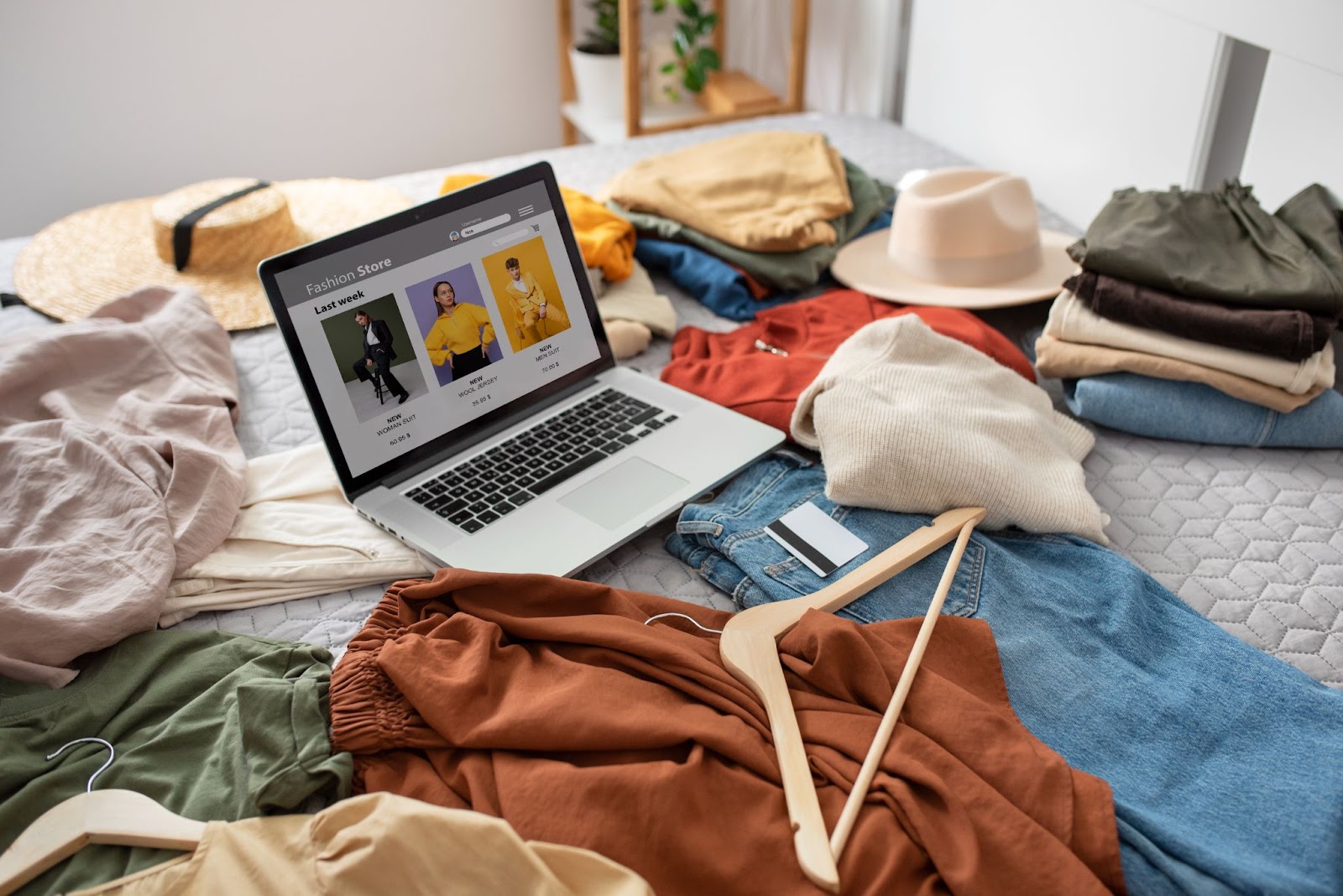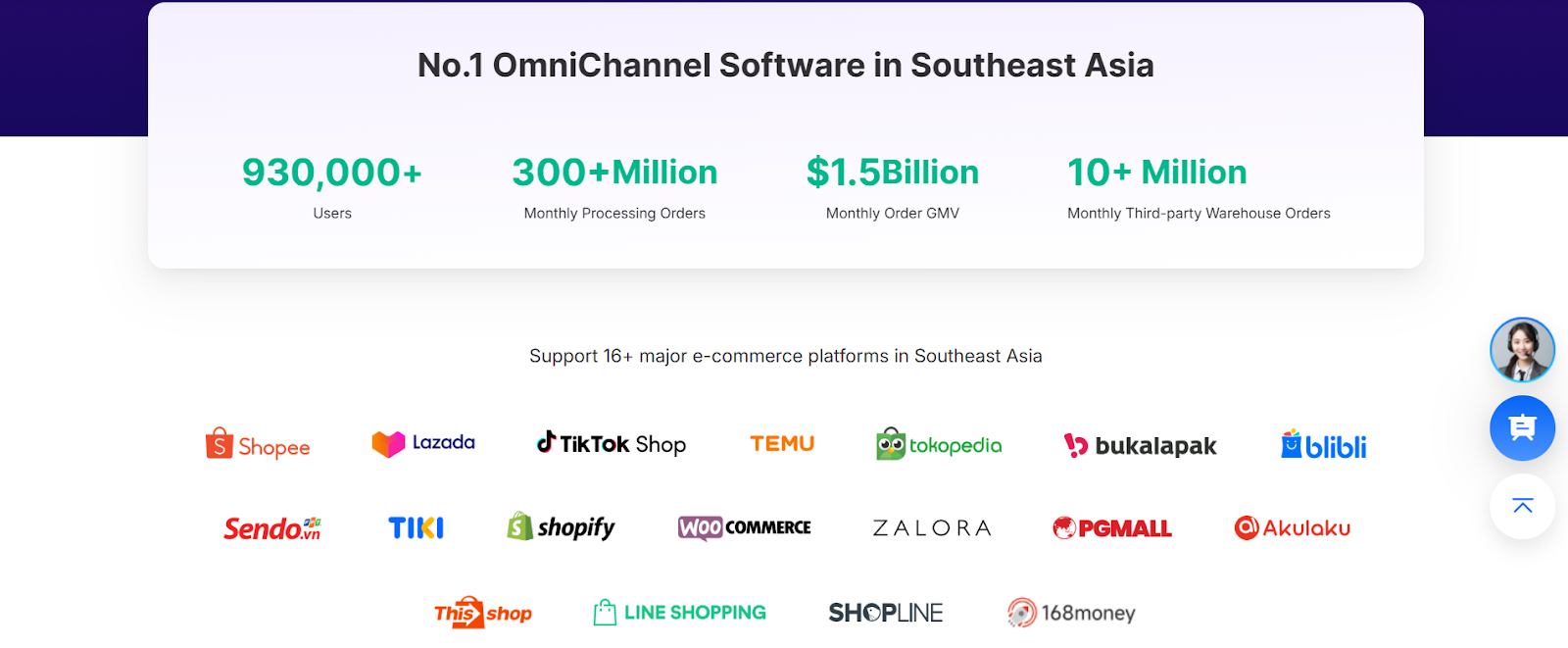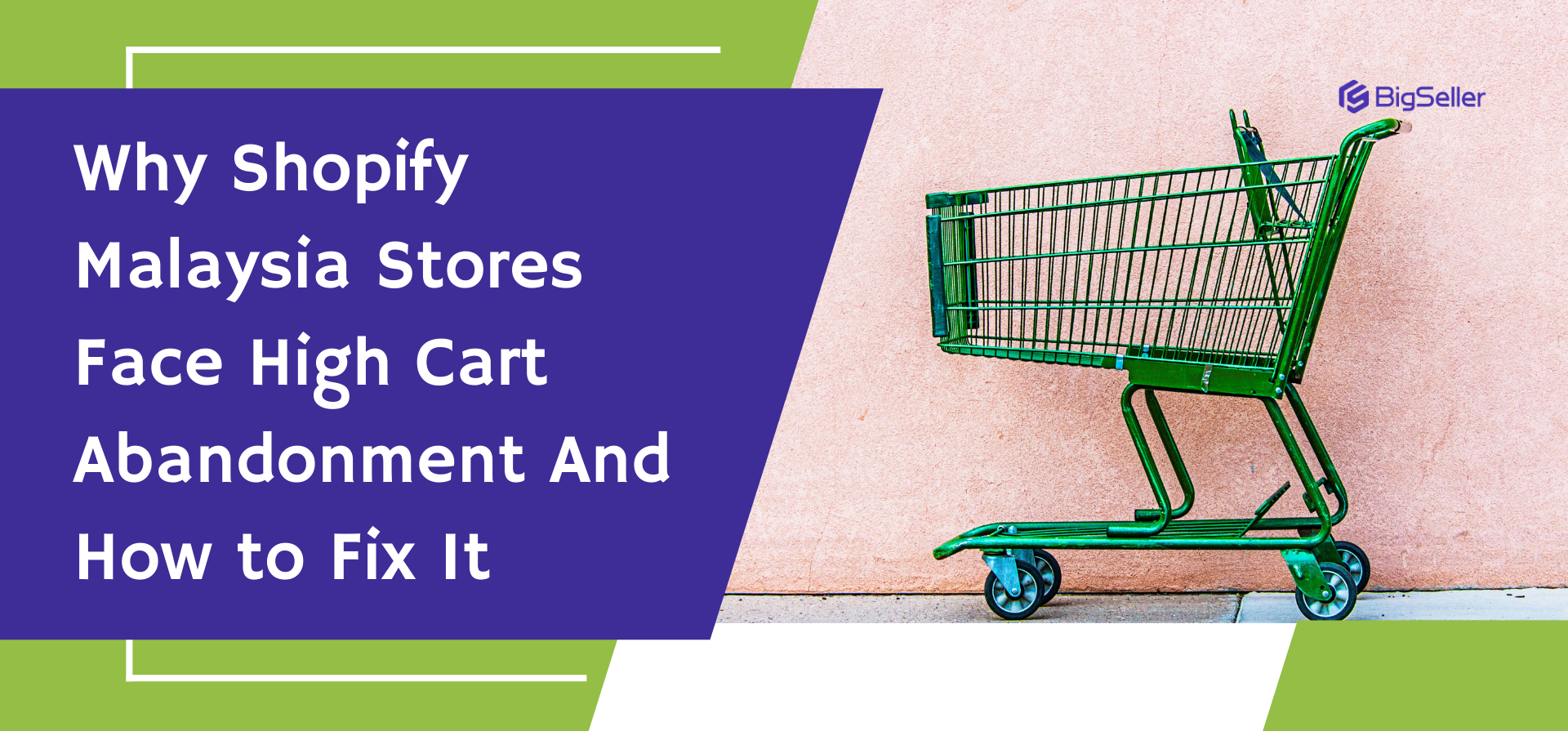How Fashion Sellers Can Streamline Operations with E-commerce ERP
Erra 15 May 2025 06:54ENCopy link & title
Fashion e-commerce is one of the most dynamic and fast-paced industries in the online retail space. With thousands of SKUs varying by size, color, and style, and the constant need to stay in trend across platforms, managing operations manually quickly becomes overwhelming.
In this article, we’ll dive into the common struggles fashion sellers face behind the curtain and how a good e-commerce ERP system can help you untangle the chaos. If you’re selling on Shopee, Lazada, TikTok Shop, or your own website, and finding it hard to keep everything running smoothly, this guide is for you.
What are the Challenges Fashion Sellers Face Behind the Scenes
Fashion sellers deal with problems that are much bigger and more complicated than in most other categories.
-
Massive SKU variation: Fashion has too many versions of the same item. One t-shirt can come in 6 sizes, 5 colors, and maybe 3 styles, that's 90 SKUs for one product. Multiply that by your whole catalog, and it becomes a nightmare to track inventory accurately. You risk overstocking what doesn’t sell and running out of what does.
-
Omnichannel complexity: If you're selling on Shopee, Lazada, TikTok Shop, and maybe offline too, you're repeating the same work across platforms: listing products, updating stock, adjusting prices, managing promos. This increases workload, slows you down, and often causes mistakes like selling out-of-stock items or inconsistent pricing.
-
High return rates: Shoppers treat online fashion like a fitting room. They buy multiple sizes or styles, try them, and return what they don’t like. That’s expensive for the seller, you pay for shipping, deal with damaged returns, and need to re-check every item before putting it back on sale.
-
Seasonality and trend sensitivity: Fashion moves fast. A trendy piece can go from hot to dead stock in weeks. If you don’t sell quickly, you’re stuck with items nobody wants anymore and that kills your profit margins.
-
Fragmented data: Fashion sellers often use different tools or systems for each platform. As a result, there’s no clear picture of what’s selling, what’s making money, or what to restock. You end up relying on instinct instead of data, which is risky when margins are tight.

How ERP Solves Operational Chaos for Fashion Brands
Using an ERP built for fashion isn't just installing new software, it changes how your whole business runs, from daily ops to long-term planning. Here's how it solves real problems:
Centralised Inventory Management
Instead of juggling spreadsheets or logging into each platform to check stock, an ERP shows all your inventory in one place and it updates in real time. Whether you have 100 variants of the same blouse (color, size, sleeve length), the ERP keeps stock synced across Shopee, Lazada, TikTok Shop, and even your own website. You reduce overselling, avoid stockouts, and stop guessing.
Automated Order Fulfillment
You no longer need to process orders platform by platform. An ERP pulls all your orders into one dashboard, assigns stock automatically, and even routes orders to the right warehouse. That means faster fulfillment, fewer mistakes, and better delivery times, especially important if you're chasing “preferred seller” badges or TikTok SLAs.
Smarter Returns and Exchanges
Returns are unavoidable in fashion. But with ERP, the headache is smaller. It automates return labels, updates your stock levels the moment an item is approved for restock, and tracks the whole flow. No more manually checking if a returned dress is back in inventory, it’s done for you.
Supplier & Procurement Coordination
When your stock runs low, a good ERP can auto-generate purchase orders based on sales velocity. You can also track how many units your suppliers delivered, which ones were delayed, and plan your procurement better, especially useful if you manufacture or source from multiple vendors.
Financial Oversight and Profitability Tracking
Want to know which SKU actually makes money after ads, platform fees, and shipping? ERP systems with finance tools show this. You can see profit margins per product, per sales channel, and make smarter choices: push this bundle, stop restocking that underperforming blouse, or scale what’s working.
Data-Driven Forecasting
ERPs aren’t just about current sales, they help you plan. With access to sales history, peak season data, and trends, you can forecast demand better. That means fewer unsold stocks, smarter restocking, and more confidence when buying in bulk from suppliers.

How Fashion Sellers Can Choose the Right E-commerce ERP
Fashion has specific challenges like SKUs with tons of variants, frequent returns, seasonal demand and not all ERP systems are built to handle that. Here’s what to look for:
Variant Management That Actually Works
Your ERP needs to handle dozens of variations per product from size, color, fabric, and fit without breaking. If it can't manage fashion-style SKUs, it's not for you.
Multi-Channel Sync
It should automatically sync listings, stock, and orders across all your platforms: Shopee, Lazada, TikTok Shop, Zalora, etc. This keeps you from manually updating each store (and making costly errors).
Returns & Exchange Handling
Look for ERPs with built-in tools for managing returns and exchanges, from label generation to restocking especially since return rates are high in fashion.
WMS Integration
If you’re using a Warehouse Management System (or plan to), make sure the ERP can connect with it. That’s how you get accurate stock counts and faster fulfillment.
Local Compliance Support
If you're in Southeast Asia, the ERP should support local tax laws, accounting rules, and maybe even languages. Otherwise, you'll be stuck manually adjusting for SST, VAT, or local reporting.
Also:
-
Check that it’s easy to use, your team shouldn’t need weeks of training.
-
Make sure it works with your existing tools (like your POS or bookkeeping software).
-
And don’t underestimate support, if something breaks on a sale day, good customer service matters.

Ready to Choose the Right E-Commerce ERP?
If you want to cut down on stress and focus more on growing your brand, BigSeller ERP is built just for sellers like you. It syncs your inventory across Shopee, Lazada, TikTok Shop, and your own store in real-time, so you never oversell or run out of stock. It automates orders and returns, helps you keep track of your suppliers, and even shows you which products bring the best profit, all in one easy-to-use platform.
Don’t get stuck juggling multiple systems and stressing over inventory. Try BigSeller for free today and see how it can transform your fashion business.
And don’t forget to subscribe to our WhatsApp channel for more handy tips and updates!




